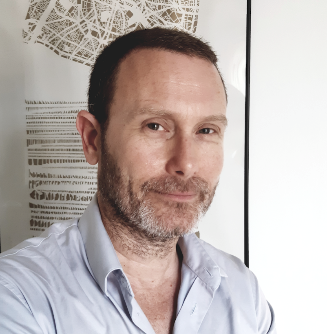Speaker: Marc Barthelemy
Time: Wednesday, June 12th 16:00-17:00 PM
Venue: Conference Center 2nd floor lecture hall, East campus
Abstract:
Modelling the population evolution of cities is at the core of urban science. The most fundamental problem is to understand the hierarchical organization of city population and the statistical occurrence of megacities. This was first thought to be described by a universal principle known as Zipf's law. However, the validity of this model has been challenged by many empirical studies. I will review various historical models and then discuss a different approach based on first principles. This approach makes it possible to construct a stochastic equation describing the evolution of urban populations. This model reveals how rare, but large, interurban migratory shocks dominate city growth, and that the distribution of city populations has a complex shape that is in general not described by Zipf's law. Biography:
Biography:
Marc Barthelemy is a former student of the Ecole Normale Superieure of Paris (rue d’Ulm). After his thesis on random walks in random media, Marc focused on disordered systems and their properties, and since 1992, he has held a permanent position at the CEA. Marc is now Research Director at the Institute of Theoretical Physics (IPhT) in Saclay and a member of the Center of Social Analysis and Mathematics (CAMS) at the Ecole des Hautes Etudes en Sciences Sociales (EHESS).His research interests moved towards applications of statistical physics to complex systems, complex networks, theoretical epidemiology, and more recently on spatial networks. Focusing on both data analysis and modeling with the tools of statistical physics, Marc is also working on various aspects of the science of cities, including urban morphology, transport networks and mobility, scaling in cities, etc.Marc published 160+ papers in high-profile journals, including Nature, PNAS, Nature Review Physics, Nature Communications, PRL, and various books for Cambridge University Press (Structure and Dynamics of Cities, 2016), Springer (Morphogenesis of Spatial Networks, 2018; Spatial networks, 2022).
